After an three-hour train ride on the sleek Eurostar Italia, we arrived at our second destination: Florence. (You can read about our first stop, Venice, here.) Long considered the heart and home of the Renaissance, it is where many of the world’s greatest paintings and sculptures reside in one of the many top-notch museums or in the city’s gorgeously ornate architecture.
We decided to walk from the train station to our B & B, a trek that turned out to be a sweaty 15 minute slog through the crowded, noisy streets. When we finally arrived at the B & B, the tidy and quaint La Dimora del Centro, we discovered we were staying smack dab in the middle of all that is the Piazza della Repubblica, or as Mappy and I later dubbed it – Piazza of Bad 80’s Cover Bands.
The Piazza della Repubblica is the site of the forum of the original ancient Roman settlement. The piazza as it is seen today is nothing like it was even 150 years ago. It has undergone huge transformations since the late 1800’s. Following Florence’s appointment as the capital of a unified Italy in 1865, the piazza’s medieval towers, churches, palaces of noble families, and craftsmen’s shops and residences were demolished to allegedly improve the area’s sanitation problems. Ultimately, the Florentines of the time saw it for what it truly was – a way for growing middle-class exert their will and “clean up” the markets and Jewish ghetto area that had been there since the time of Cosimo I, the Grand Duke of Florence and Tuscany, back in mid-1500’s. The only remaining symbol of the ancient forum, markets and ghetto is the Colonna dell’Abbondanza, Column of Abundance. It marks the center of the city and is the intersection of Florence’s main roads.
Today, the piazza is often filled with street artists and impromptu shows, particularly after sunset. It is also home to the historical Caffé Gilli, Caffé Paskowski and Caffé delle Giubbe Rosse, all of which are notable as the place where many of the city’s artists and writers of the past gathered and debated. And, as we would later discover, 80’s cover bands.
Our room at La Dimora del Centro was a nice oasis of air conditioning and cleanliness. After taking much-needed showers, we set out to see what made Florence tick.
As we ventured out into the city, it quickly became obvious (painfully so to my easily overstimulated friend) to us that:
a) Florence was most definitely not Venice and
b) We were now hangin’ with the big kids in the big city.
After having been lulled by the car-less, Vespa-less, bus-less Venice, the shock of noise and commotion of Florence took some getting used to. So how did we soothe our frayed nerves? With gelato, of course.
Our B & B host, Roberta, recommended going to the less touristy Oltrarno area across the river for dinner. The Oltrarno neighborhood is more residential, with little shops and restaurants dotting its streets. Overall, it was a much more mellow place to be than where we were staying and it was nice to see another side of Florence. We had a delightful dinner and our first taste of Prosecco (Italian sparkling wine), our favorite and most sought after wine for the duration of the trip. After a leisurely passeggiata that evening, we made our way back to our room to do our laundry and turn in early. The piazza had other plans for us.
“Ha!” the Piazza della Repubblica scoffed. “No such thing! You will stay awake into the wee hours listening to the not so great 80’s cover bands playing at my restaurants!” As the night went on and song after song penetrated the thin panes of glass of our window overlooking the piazza, Mappy and I would look at each other and come to the same conclusion each time: “Really? You picked THIS SONG out of ALL THE OTHER 80’s SONGS?” Inevitably, as we hung our freshly cleaned laundry on the ingenious travel clothes line or sat writing in our journals, neither of us could help singing along. By the time we left Florence three days later, I had been fully reacquainted with Lionel Ritchie and Air Supply.
The next day, after taking our morning cappuccinos and pastries in the caffé downstairs, we walked to the nearby Piazza del Duomo and snaked our way through the crowd to get inside Florence’s Duomo, the grand Basilica di Santa Maria del Fiore, Cathedral of St. Mary of the Flower.
*It’s important to keep in mind, especially in the hot summer months throughout Italy, to always have a way to cover your shoulders and legs (at least down to your knees) when planning to go into a cathedral or other place of worship. Depending on the place, you can be denied entry if you’re wearing a tank top and/or shorts. I mostly wore skirts and always had a lightweight cardigan in my bag when we set out for the day to avoid such a thing. (The strictest place we encountered was at the Vatican museums and St. Peter’s Basilica in Rome. More on that in future posts.)*
When construction on the Baptistery (across the piazza from the Duomo) was completed in the late 13th century, the Florentine government decided the city needed a newer, bigger cathedral to not only accommodate the burgeoning population of the city, but also to let their rivals in Siena and Pisa know Florence was the far superior place to be. And what better way to do than to build a grander, more lavishly decorated cathedral?
Construction began in 1296 and took close to a century and a half to complete. The cathedral boasts the third-largest nave in all of Christendom and the large, red-roofed dome (seen in the photo below) was considered a huge architectural feat at the time because it was built without the use of scaffolding.
Filippo Brunelleschi, the architect and designer of the dome, devised a unique way for it to be built without supports by creating a lightweight shell over which the outer dome was built, essentially a dome-within-a-dome. If you want to see the amazing way Brunelleschi designed the dome as well as take in sweeping views of Florence from up high, you can climb the 463 spiraling steps that go in between the dome-within-a-dome construction all the way to the top. (Go early or late in the day to avoid the longest lines.)
Across the piazza is the octagonal Battistero San Giovanni, Baptistery of St. John, built in the 11th century and one of Florence’s oldest buildings. Embellished with a marble facade, it was expanded and decorated over several centuries. One of its crowning glories is the east set of bronze doors designed by Lorenzo Ghiberti in the early 15th century and hailed by Michelangelo as “The Gates of Paradise”. They are notable for the way Ghiberti created a 3-D effect in the paneled scenes (from the Old Testament) and made them appear to recede into the distance. It was considered a major breakthrough at the time for its use of perspective on a flat surface. The set at the Baptistery are actually replicas – the original doors are safely housed in the nearby Duomo museum, where we headed next.
Behind the cathedral is the Museo dell’Opera del Duomo, or Duomo museum. The building itself has been used as a work and storage space for the Duomo since the Middle Ages and was the place where Michelangelo carved his famous David, originally commissioned for the Duomo. This is an often overlooked museum filled with tons of fabulous artwork and little to no crowds. It contains most of the major artwork from both the cathedral and the Baptistery, including Michelangelo’s Pietà sculpture that was originally intended for his tomb.
Following our time in the Duomo museum, we ate a fantastic vegetarian restaurant, the aptly named Il Vegetarino, before wandering over to the Galleria Degli Uffizi, Uffizi Gallery. I had booked tickets for us online before leaving the U.S., something I recommend doing at least one month in advance if you want any chance of getting in during the time you’re in Florence. The lines for the Uffizi Gallery are tremendously long and the museum limits the number of people allowed inside at one time. If you book ahead, you can pick the exact time you want to go and simply walk up to the very short ticket-holder line to enter. Easy peasy.
The building that houses the Uffizi Gallery (pronounced oo-feet-zee, in case you want to impress the Italians while you’re there) was once the business offices of the powerful ruling Medici family of Florence. It has an extensive collection of Renaissance masterpieces, including works from Michelangelo, Da Vinci, Caravaggio, Raphael, Giotto, and Titian as well as a whole roomful of Botticellis, including his famous Birth of Venus.
The gallery is a two-wing, 50-room expanse of sculptures and paintings that takes little more than two hours to walk through. Instead of paying extra for a guided tour, I recommend doing what we did and download Rick Steves’ audio tour of the gallery (found on his website here) for free. He walks you through each room with easy to follow directions. We listened to it on our iPods as we went through the rooms and it was a very informative (as well as a bit corny at times) way to hear more about the artwork.
That evening’s dinner was at restaurant recommended by our B & B host, a little place named Ruth’s located in a quieter residential neighborhood not far from where we were staying. Then, as we had done every evening since our arrival in Italy, we found a gelateria so we could get our gelato fix and then set out for an evening passeggiata through the city.
As we made our way back towards the noisy Piazza della Repubblica, we noticed there were loudspeakers mounted on the corners of several buildings projecting the a man’s voice reciting what sounded like religious scripture. (It was, of course, in Italian so we weren’t sure at first.) As we approached the intersections leading up to the Piazza della Repubblica, we realized it would be a while before we could return to our room because they were all blocked off by barricades and police. Then, as if in answer to our puzzled looks, a long procession of people turned the corner and slowly walked down the street. Many of them, old and young alike were carrying candles and responding in unison to the man’s voice on the loudspeaker. The procession went on for another half hour with close to 2000 people in it, including various religious clergy members carrying flags, banners and incense.
We followed behind the end of the procession to see where they were going. Everyone in the procession filed inside the Duomo and then the massive doors closed, leaving us in relative silence with lots of questions. Mappy’s main job prior to our trip was to become well versed in all things art and religion, but even she was stumped.
It wasn’t until we were back in our room that we discovered (thanks to Google) the procession was in honor of Florence’s patron saint, San Giovanni, St. John the Baptist. It had just turned midnight, making it officially June 24th, the official day of the patron saint of the city. The next day was to be full of parades, a big soccer game, and fireworks. I love when this kind of serendipity takes place when I’m traveling and was excited to see what the next day’s adventures would be.
Our first full day in Florence had been full of gorgeous art, unplanned religious experiences, and a reminder of 80’s music that was resurrected from a long dormancy in my memory. While it took me a little while to adjust to the bustle and noise of the city, I was enjoying my time in Firenze and was looking forward to the next day’s adventures.
In my next travel post, I’ll share more of what we experienced while in Florence before we traveled on to the other stops on our itinerary: the Cinque Terre, Siena, Orvieto, and Rome.
So, intelligent readers, have any of you been to Florence? If not, any desire to go? Share your thoughts, impressions and questions about the city. But please, whatever you do, don’t even think about singing any Lionel Ritchie or Air Supply songs. Your passport to the kasbah may get temporarily revoked.
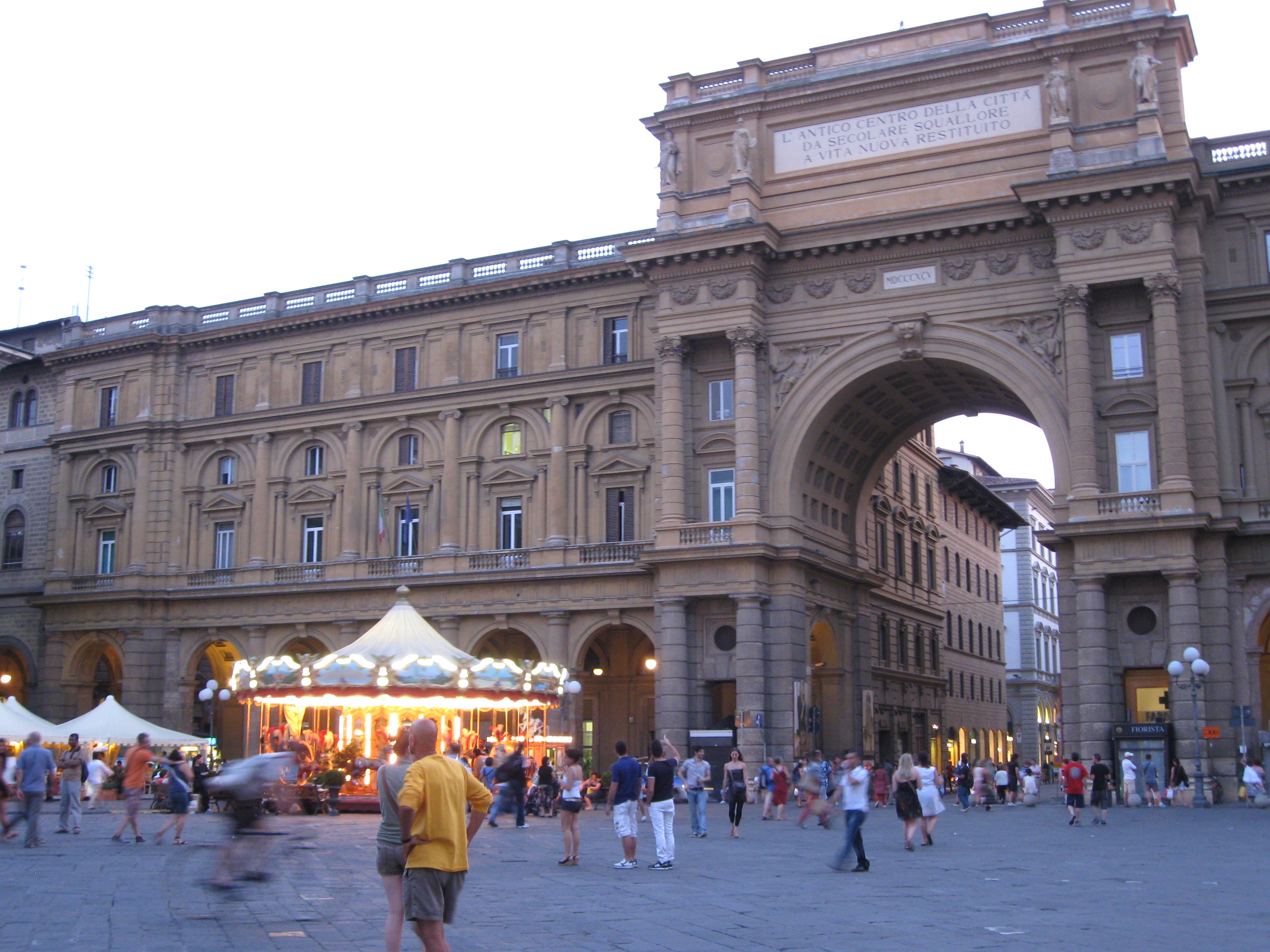
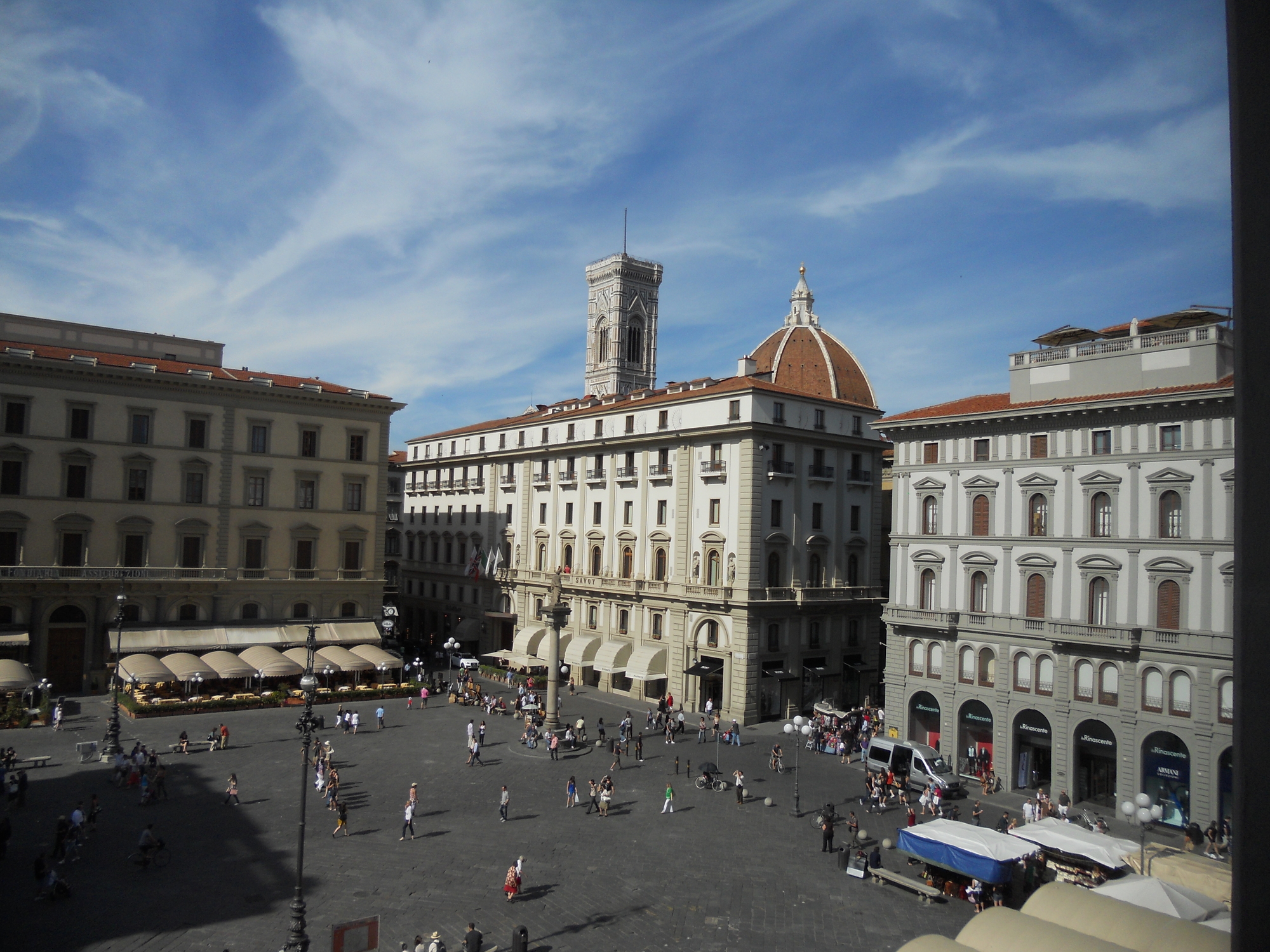
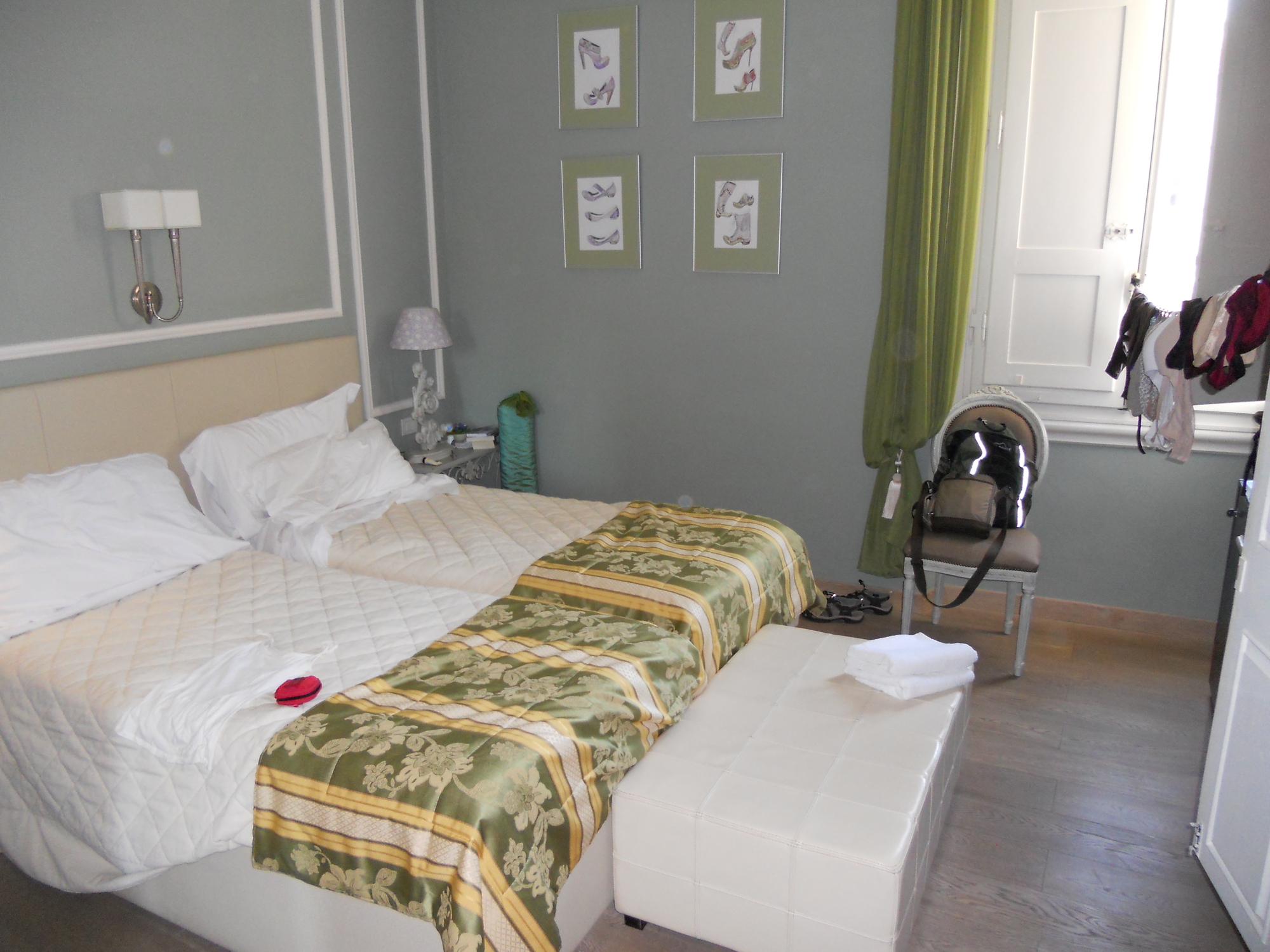
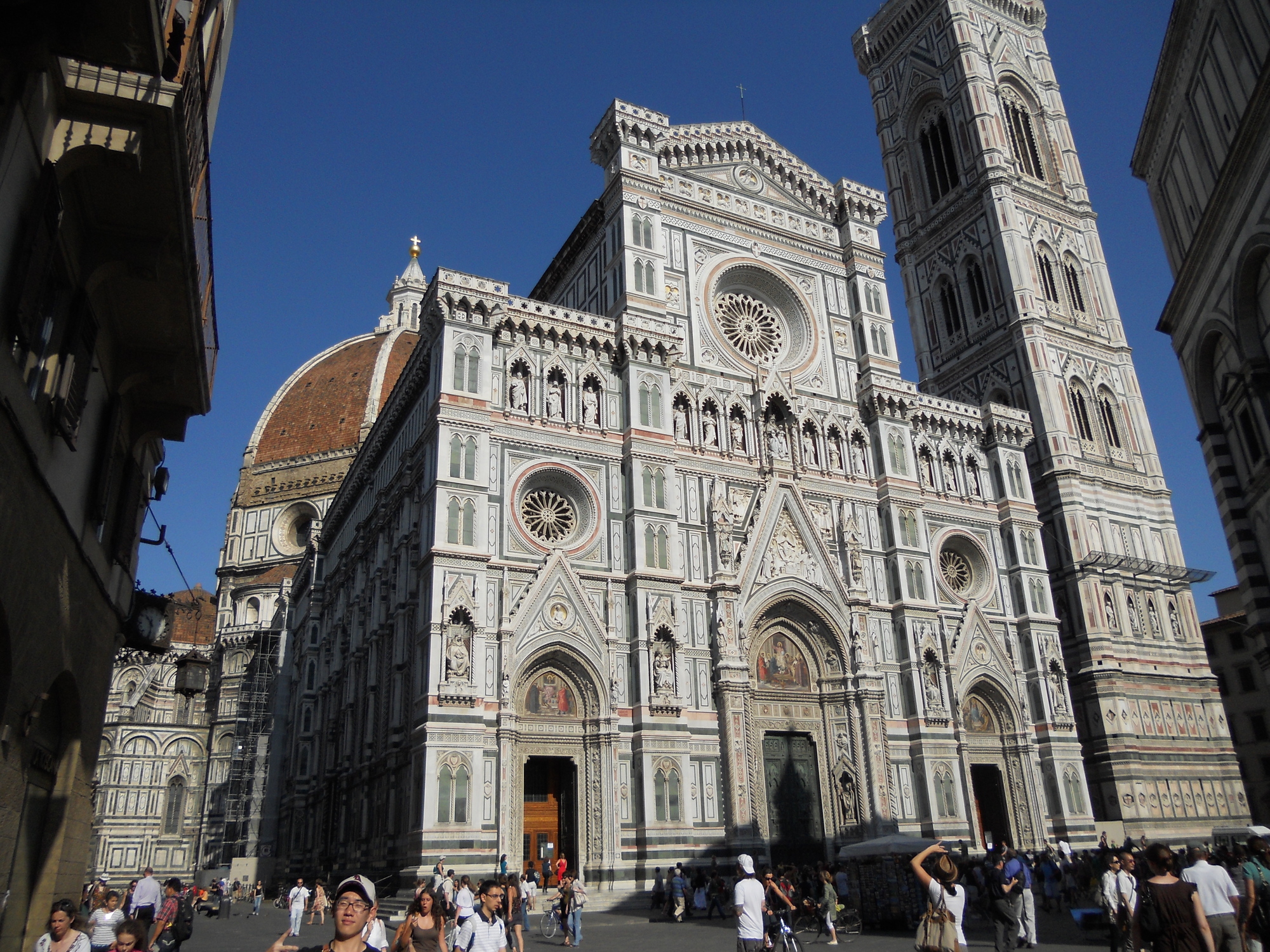
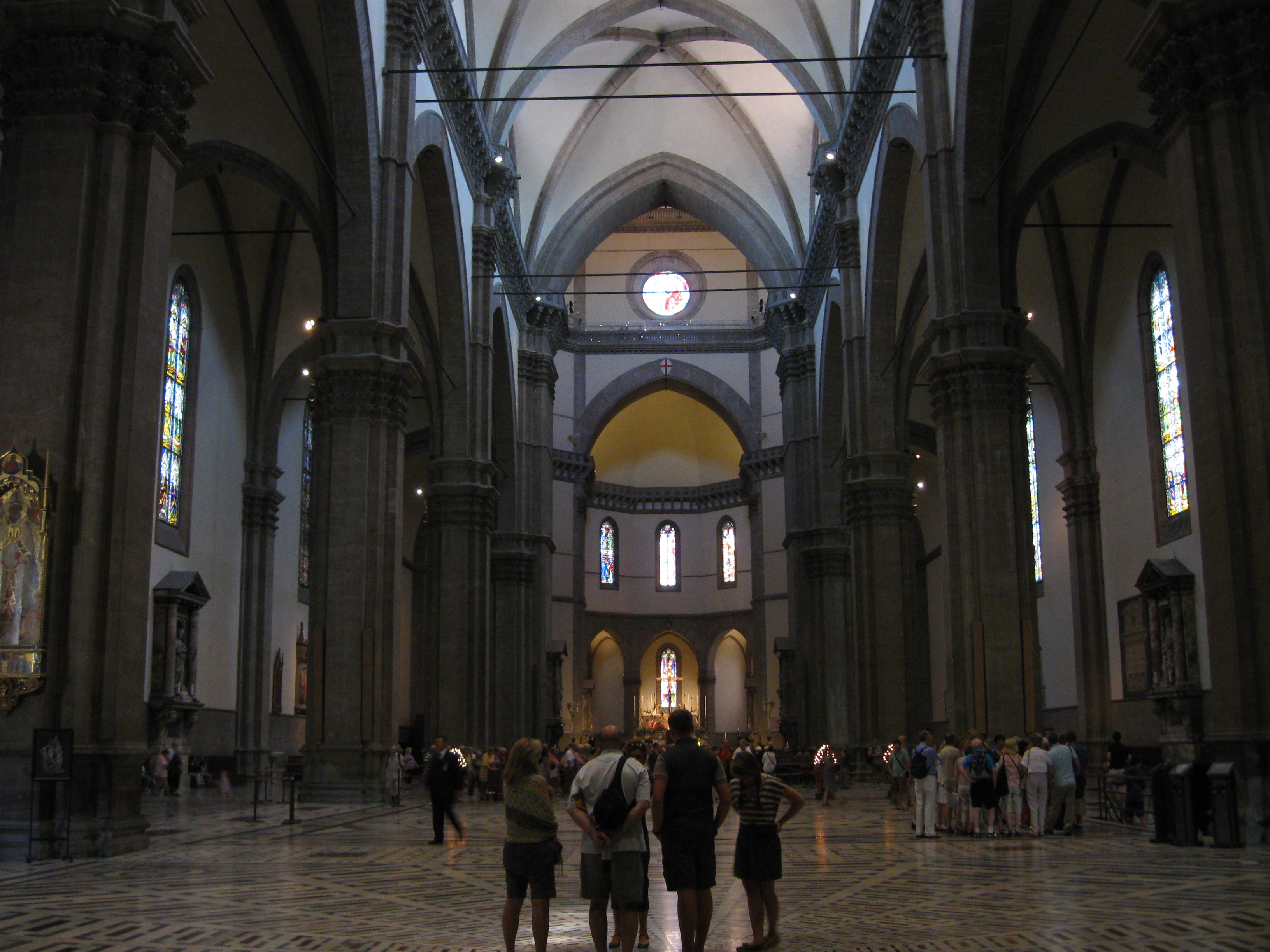
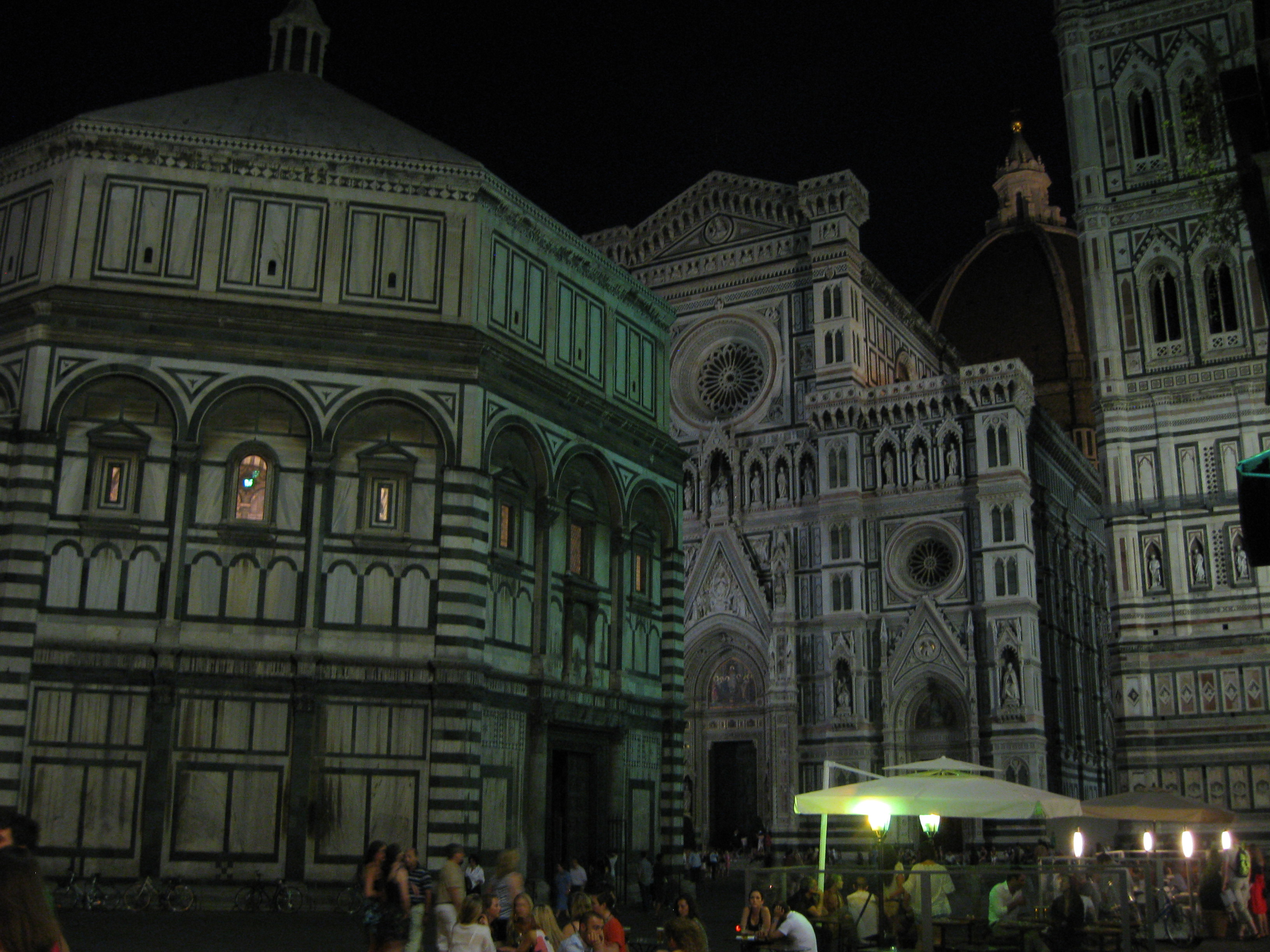
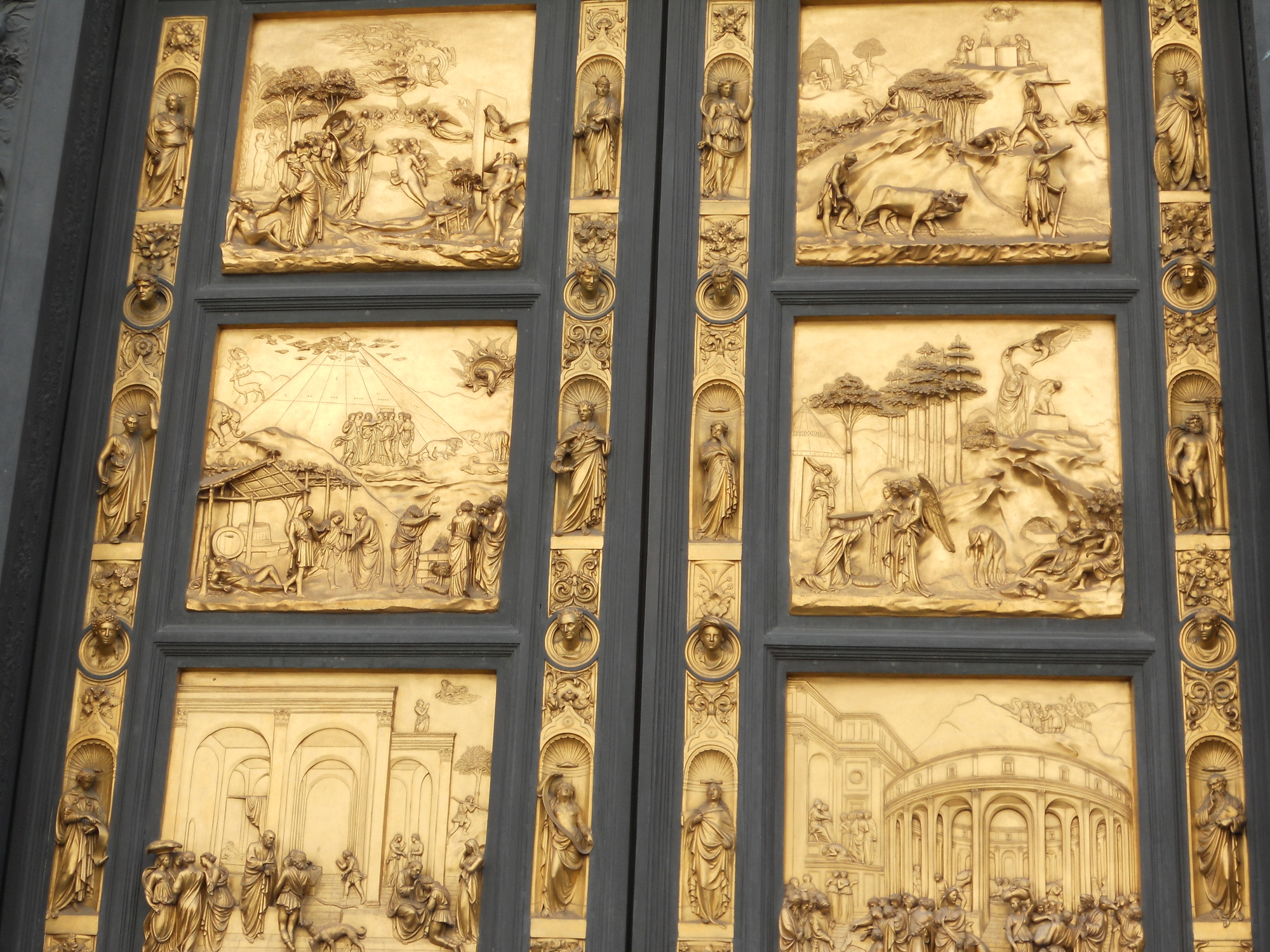
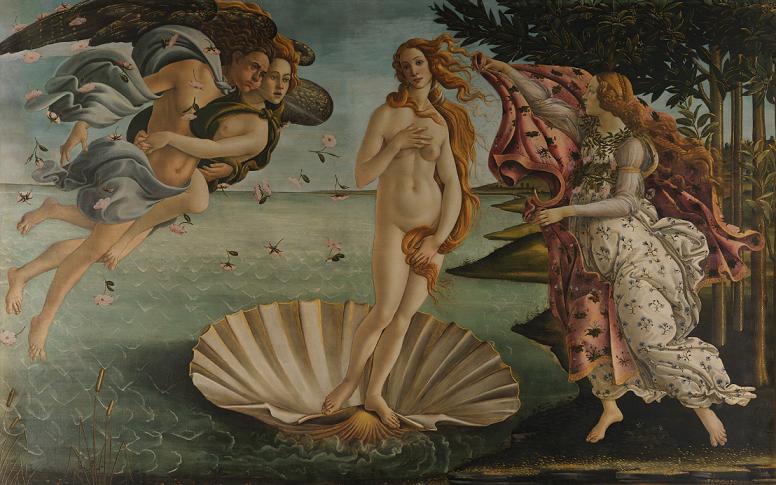
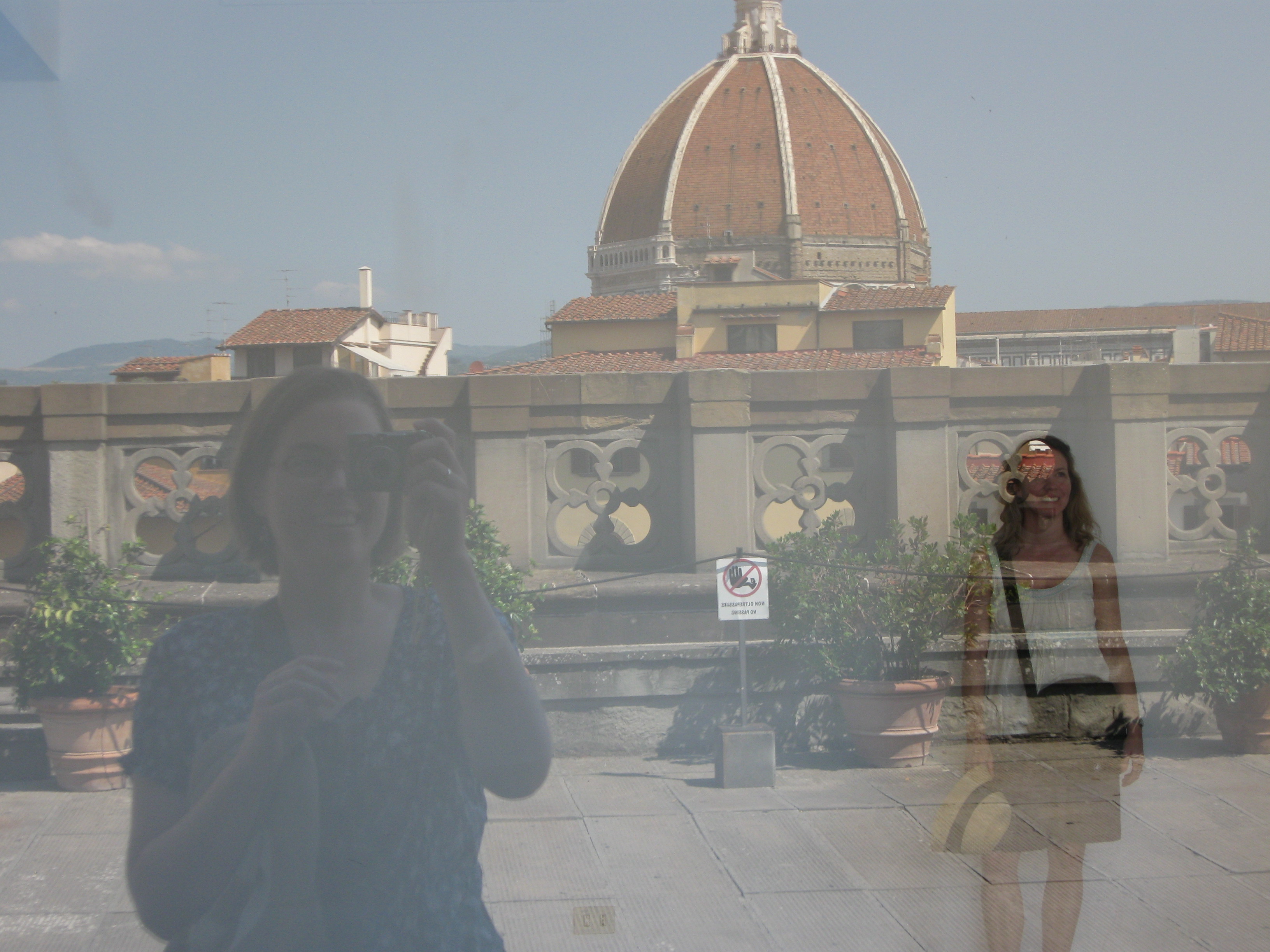
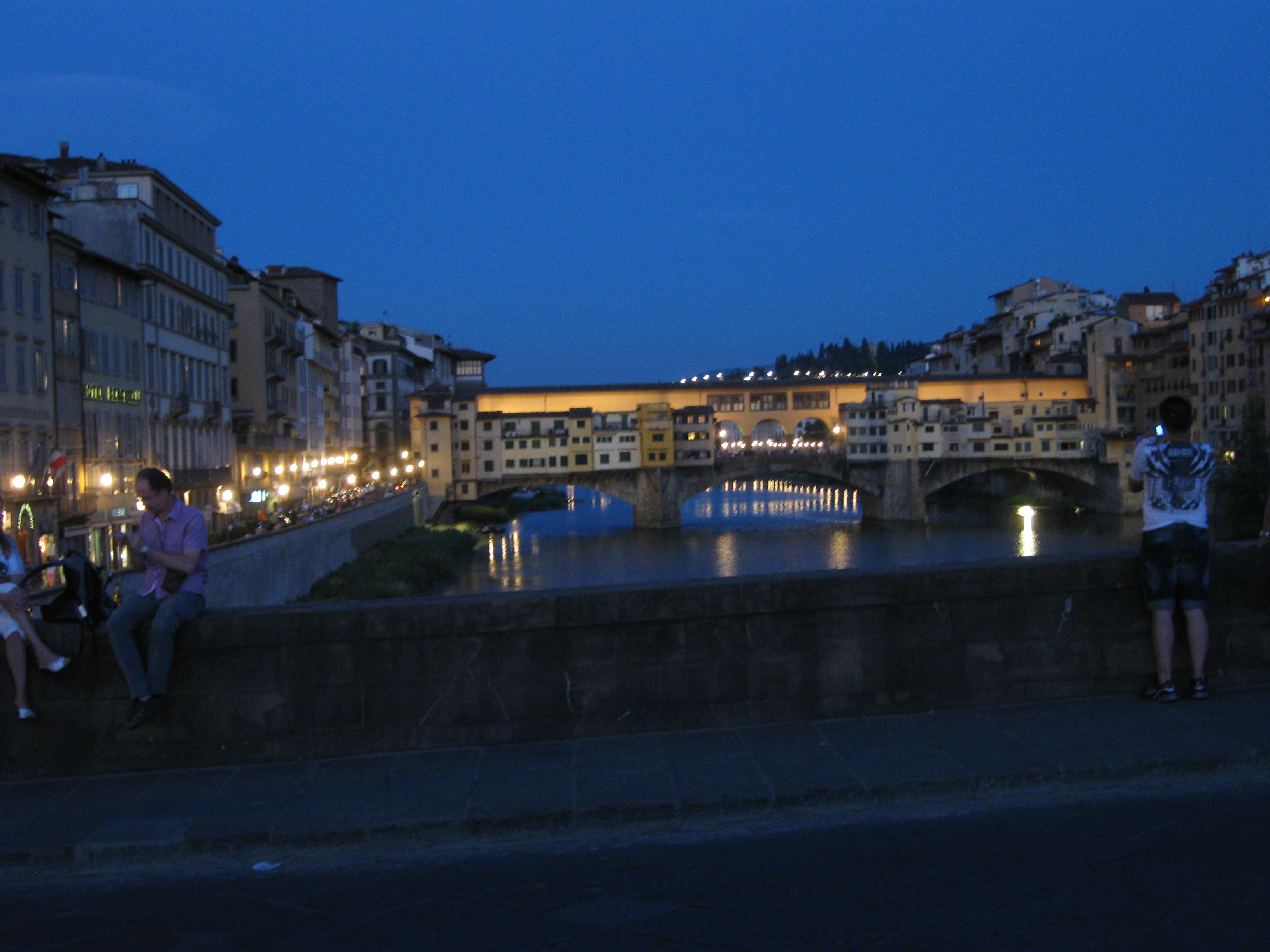




on ,
Julie Farrar said:
Yet another place in Italy I’ll have to visit. So it’s not just France that seems to embrace the worst of American culture. You should see what TV shows they choose to resurrect here.
on ,
Tami Clayton said:
When I was in Germany, I heard American pop music on the radio and in shops everywhere we went. I asked my German friend why there wasn’t any German music being played and she looked at me with horror and said, “Because it’s awful!” In the shops in Madrid, it was the same thing – American pop music seemed to have invaded parts of Europe.
on ,
Sherry Isaac said:
The piazza at sunset, WoW. I am so there. I love to see the talent of a city when I travel, street performers are less packaged, more authentic.
Except, perhaps, 80s cover bands.
In Istanbul, it was so strange to hear U2’s identifiable music with Turkish lyrics.
Do I get to keep my passport?
on ,
Tami Clayton said:
I love the street performers, too. Especially when they steer clear of bad 80’s music.
And yes, you get to keep your passport. 😉
on ,
livrancourt said:
Air Supply and gelato and Brunelleschi in the same post.
Wow.
😉
on ,
Tami Clayton said:
Florence has it all. 😉
on ,
Janice Heck said:
You’re right. Florence has it all! I loved that city. How many cities can boast of a merry-go-round in a public square (one without a traffic jumble besides!)?
on ,
Tami Clayton said:
I know, right? Florence is such an amazing city with so much to do and see.
on ,
marcia said:
With my first Italian city experience being Florence, I fell head over heels in love with Italy…and have gone back 3 times since. Let’s go again!
on ,
Tami Clayton said:
I am sure to return to Italy some day. I’d be there right now if I could. 🙂